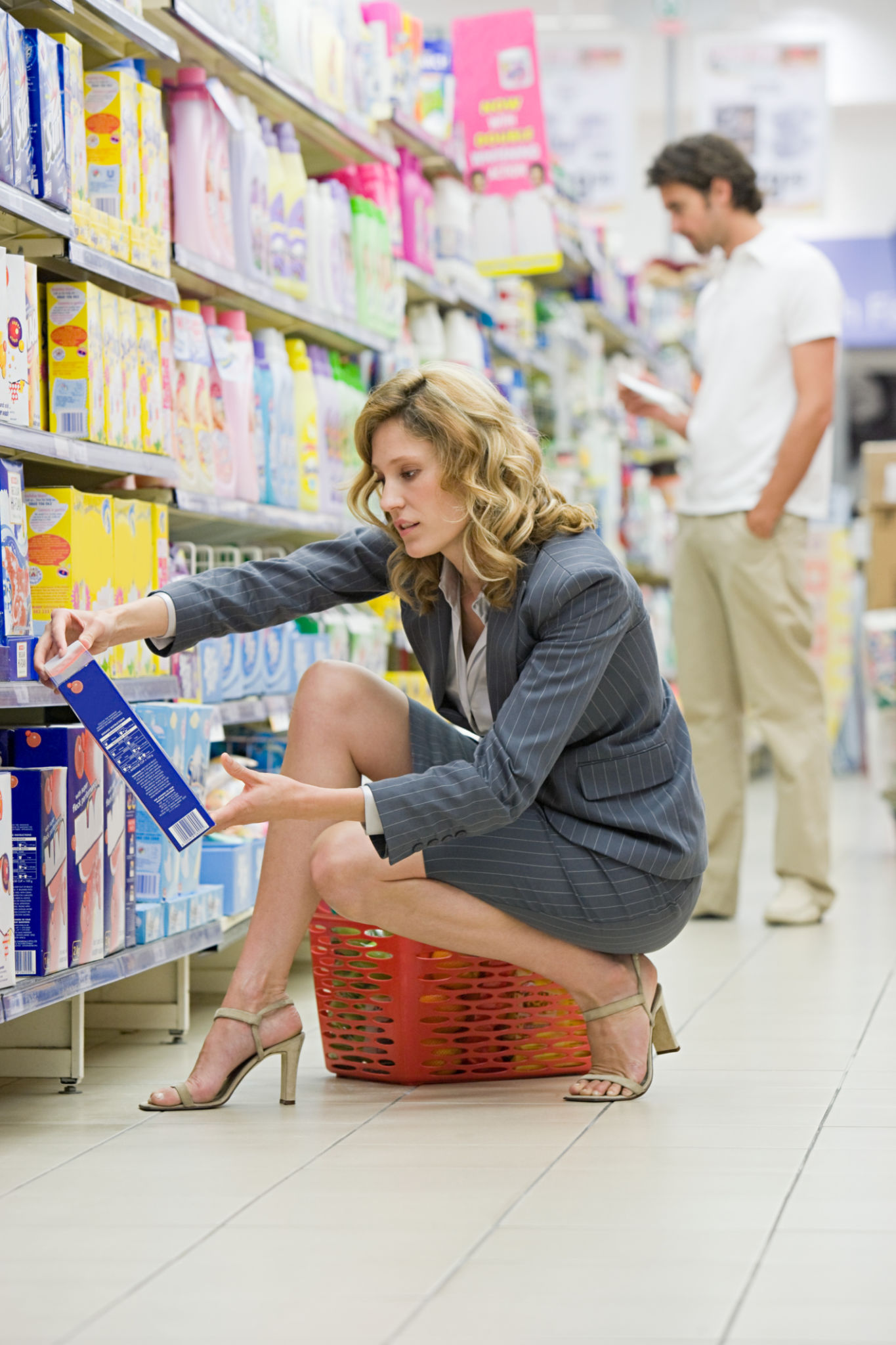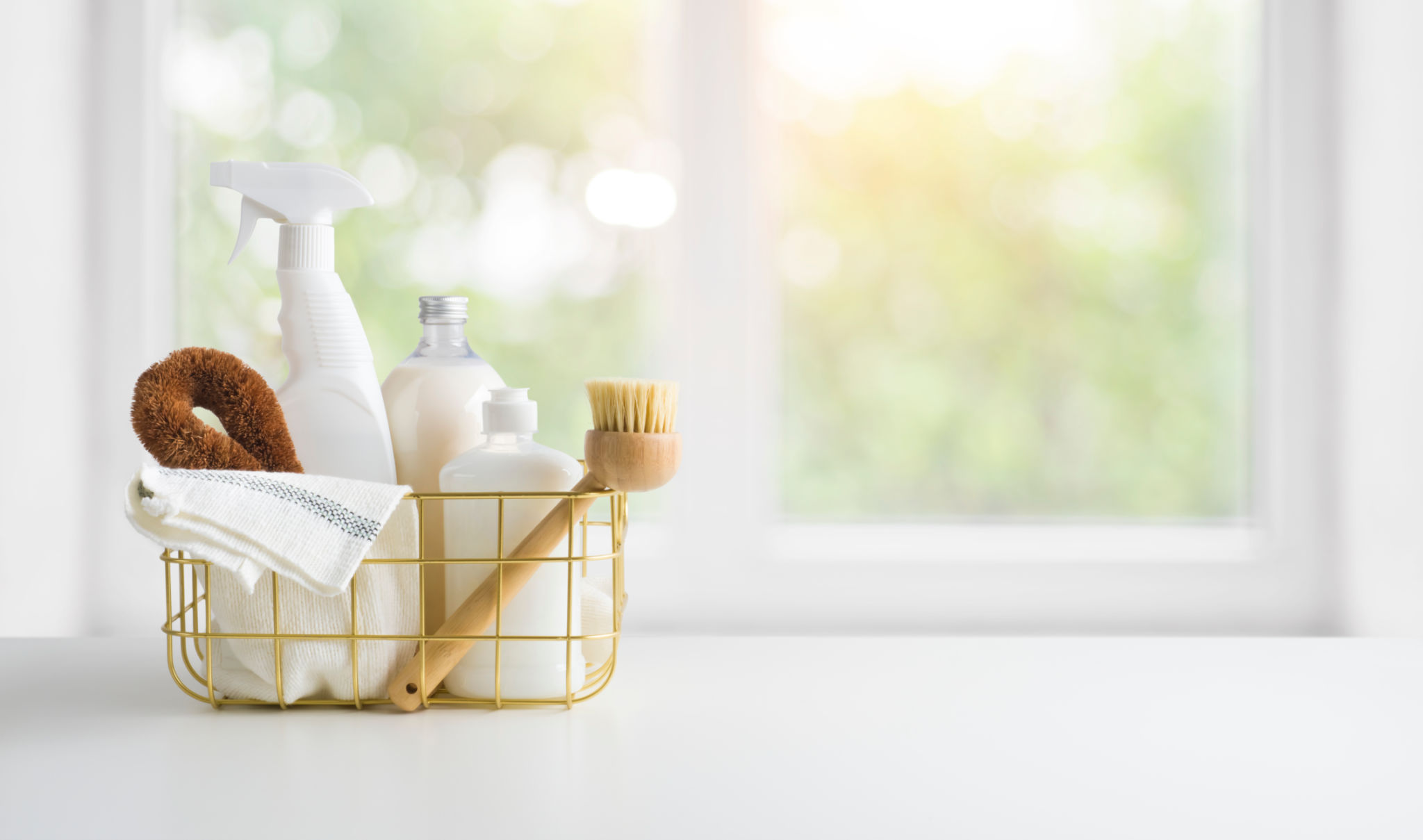Debunking Common Cleaning Myths: What Really Works?
Understanding the Truth About Vinegar and Baking Soda
One common myth that often circulates is the effectiveness of vinegar and baking soda as a cleaning duo. While both are powerful on their own, combining them doesn't enhance their cleaning power. The fizzing reaction is a neutralization process, producing water and sodium acetate, which are not particularly effective for cleaning.
Instead, use vinegar and baking soda separately. Vinegar's acidity makes it excellent for cutting through grease and mineral deposits, while baking soda is a mild abrasive that can scrub surfaces clean. This approach ensures you benefit from their individual strengths without neutralizing their effects.

Bleach: A Disinfectant, Not a Cleaner
Bleach is often considered a one-stop solution for all cleaning needs. However, bleach is primarily a disinfectant, meaning it kills bacteria and viruses but doesn't necessarily clean dirt or grime. For best results, clean surfaces first with soap and water to remove dirt, then use bleach to disinfect.
Remember, using bleach on certain surfaces like wood or metal may cause damage. Always read the manufacturer's instructions to ensure you're using bleach safely and effectively.
The Myth of Newspaper for Streak-Free Windows
Many people swear by newspapers for achieving streak-free windows, but this method can be hit or miss. Modern newspapers are often printed with soy-based inks that can leave smudges, unlike older petroleum-based inks that were more effective.
For truly streak-free windows, microfiber cloths are the way to go. They are designed to trap dirt and absorb water without leaving lint or streaks behind. Plus, they are reusable and eco-friendly, making them a smarter choice.

Hot Water Doesn't Always Mean Better Cleaning
It's a common belief that hot water cleans better than cold. While hot water can help dissolve oils and grease more effectively, it's not always the best choice. For certain stains or fabrics, cold water is less likely to set stains or cause damage.
When washing clothes, for example, cold water is often recommended for delicate fabrics or items prone to shrinking. Always check care labels to determine the appropriate water temperature for each cleaning task.
The Effectiveness of Natural Cleaners
There's a growing trend toward using natural cleaners like lemon juice, essential oils, and salt. While these ingredients can be effective to some extent, they may not work as well as commercial products for tough stains or germs.
Lemon juice can cut through grease and leave a fresh scent, while essential oils may add antibacterial properties. However, for heavy-duty cleaning, it's wise to combine natural options with proven commercial products for optimal results.

The Truth About Carpet Cleaning Frequency
Another myth is that carpets need to be cleaned only once a year. In reality, the frequency depends on foot traffic and presence of pets or allergies. High-traffic areas may require more frequent cleaning to maintain hygiene and appearance.
Regular vacuuming is essential, but professional deep cleaning every 12 to 18 months is recommended for most households to remove embedded dirt and allergens effectively.
Conclusion: Rethink Your Cleaning Strategies
Debunking these myths allows you to refine your cleaning strategies for better results. By understanding what really works, you can keep your home cleaner and safer without wasting time or resources on ineffective methods.
Next time you tackle a cleaning task, remember these insights to ensure your efforts are both efficient and effective.